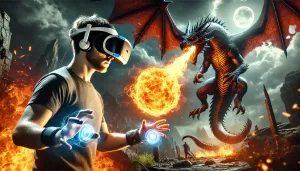Abstract: In the real world, coupled eye and head movements are used by humans and other animals to orient their gaze toward objects or scenes of interest. In virtual environments a mouse is often used as a proxy for head movements, orienting the camera towards a desired view direction. The mouse also controls body direction during navigation, orienting the user’s avatar to a desired movement direction. The interaction between gaze and mouse actions in realistic virtual environments has received only limited study. Using a desktop eye tracker, we recorded the participants while they explored a virtual tropical island for ten minutes. We found evidence for anticipatory gaze shifts prior to mouse movement. The results suggest that despite the loss of eye-head coupling, gaze behavior in virtual environments resembles that of real life.
Scientific Publications from Researchers Using iMotions
iMotion is used for some of the most interesting human behavior research studies done by top researchers around the world. Contact us to have your publication featured here.
All Publications










